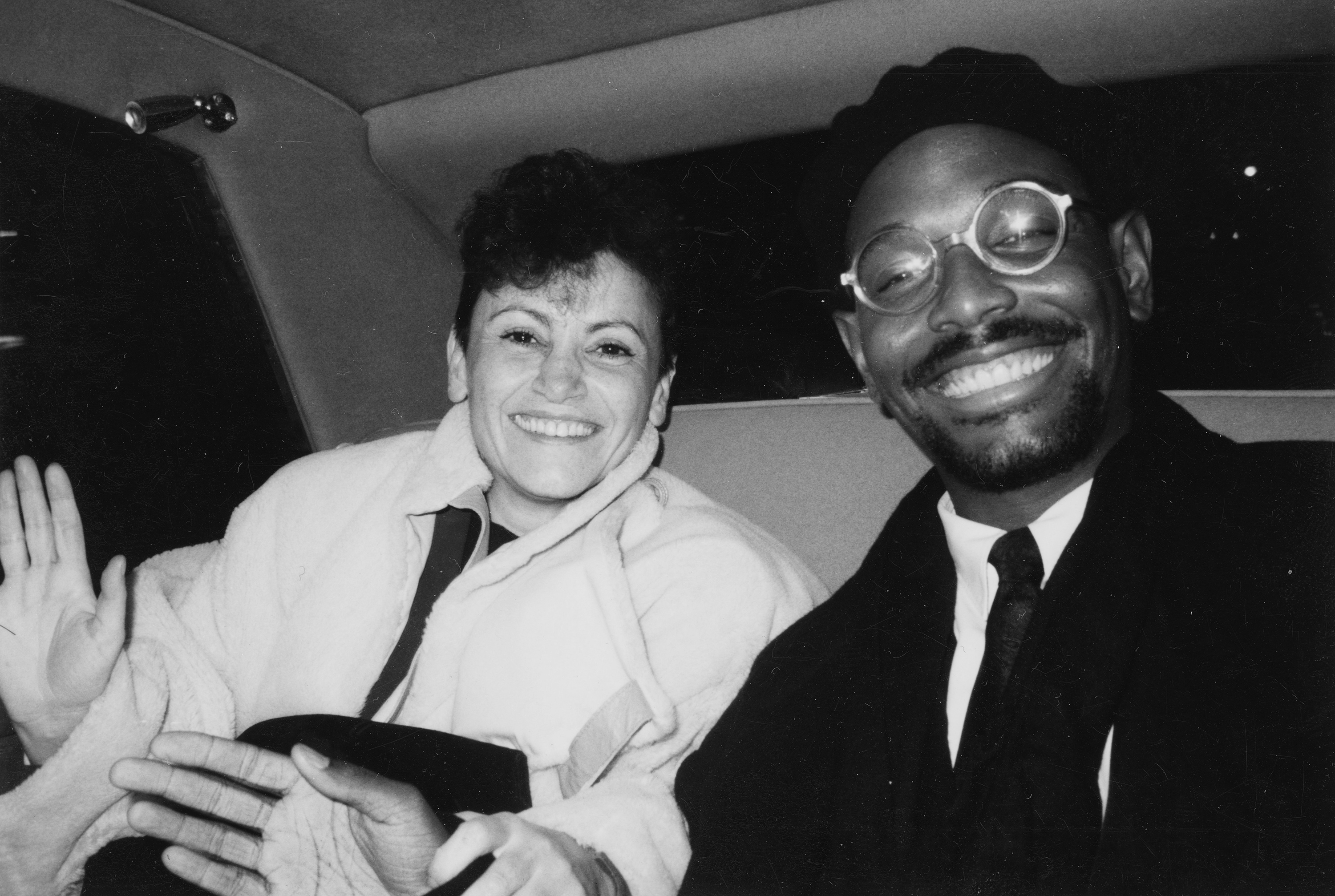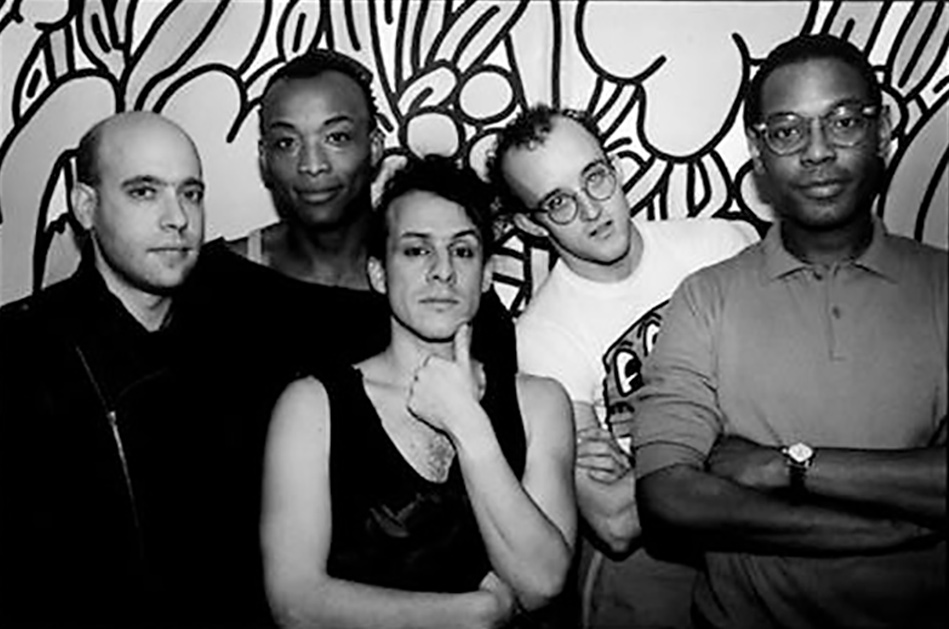
I don’t design clothes for the Queen; but for the people who wave at her as she goes by.
The Willi Smith Digital Community Archive invites friends, collaborators, and admirers of American designer Willi Smith to share in writing his history. This site collects and publishes personal recollections, new scholarship, video, and digital ephemera that contributes to a greater understanding of Smith’s life, work, and times.
During his twenty-year career Willi Smith (1948–1987) united fashion and American culture, marrying affordable, adaptable basics with avant-garde performance, film, art, and design. At the time of his sudden death from AIDS-related illness, Smith was considered to be the most commercially successful Black American designer of the 20th century and a pioneer of “street couture”—fashion inspired by the creativity of people from the cities to the suburbs that captured the egalitarian spirit of the age.
Portrait of Willi Smith, Photographed by Kim Steele, ca. 1981
︎ Browse the site by subject, timeline, and through open call submissions, or share your own story. We want to hear from you!
Portrait of Willi Smith, Photographed by Kim Steele, ca. 1981
︎ Browse the site by subject, timeline, and through open call submissions, or share your own story. We want to hear from you!





Community Archive
The Willi Smith Digital Community Archive collects and publishes personal recollections, new scholarship, video, and digital ephemera that contributes to a greater understanding of Smith’s life, work, and times.
See All︎ Contribute︎
Featured —
Norma Jean Darden
Willi was one of the most loving, gentle, and secure people I have ever met. He was in his own world, doing his own thing, and he had his own vision. I met Willi when I went up to his studio at Digits because I had seen his clothes, and I really loved them. We clicked instantly. He introduced me to Toukie, his sister, and his younger brother, Norman, and then I got to meet all the family. Willi was very proud of his family, and they were very much an integrated part of his team. You didn’t find too many people that had a team that was multigenerational, but he did—from his younger brother to his mother and grandmother. They were inseparable. We all traveled together. He took his family everywhere, and I was lucky to be a part of that. Once, he took me to Philadelphia with his family, and we put on a show at Wanamaker’s. That was a really big thing for him because he was from Philly. He got such a great welcome. All the papers were there and the TV stations. He had a beautiful line, and Wanamaker's was showing his clothes—it was fabulous to be a part of.
Read article︎







